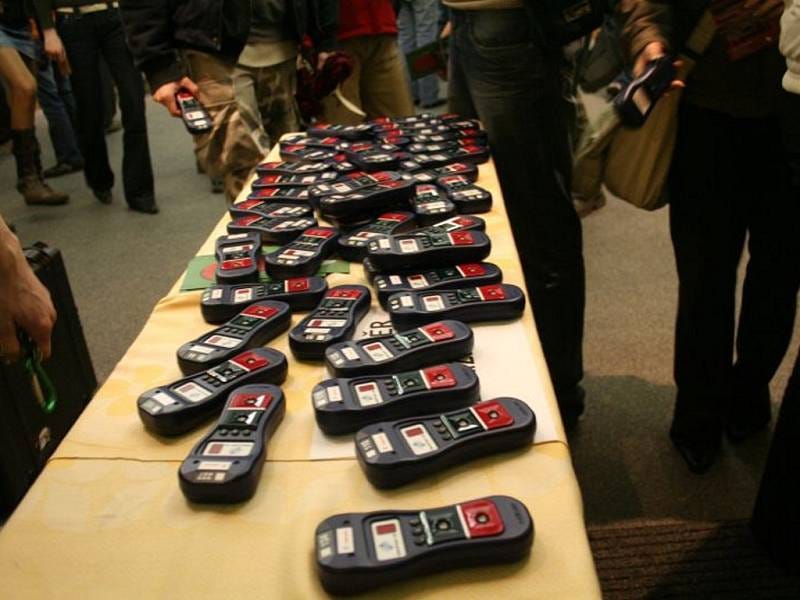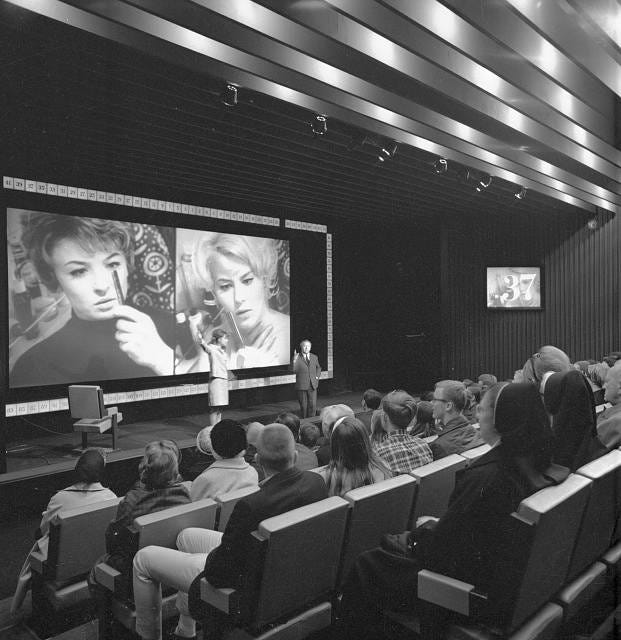Over 13 years ago, I took part in building the next generation of interactive film media: a prototype of a web-based, single-player dating experience where you could choose the path of the main hero toward one of multiple endings. We called it Interande in Czech and Date Me If You Can in English. It’s earned more than 2.5 million gameplays within the tiny audience of Czech and Slovak internet.
It ran smoothly for over 8 years before it aged and shut down. However, a bit of my digital necromancy leading into its recent resurrection inspired me to also share some details about the story, the technology, memories from behind the scenes, and the reasons it was initially discontinued, only to come back to life and entertain thousands of people every month.
It remains one of those experiences that warms my heart whenever I recall it. The enthusiasm we shared, the naivety, the excellence, the hype, and above all, the very talented people willing to fully dedicate themselves to pulling the rope together.
We wanted to explore the potential, believing that technology had finally advanced to a point where it could successfully awaken the next generation of the interactive film medium, lying in wait.
If you're interested in getting a preview before diving into the full reading, you can find it here. It’s originally available in the Czech language, but there’s also an English voiceover, made exclusively for the iOS version of the app and just recently added to the web version.
Whenever I mention "film," I'm referring to the medium itself, whereas when I use "movie," I tend to speak about a specific instance of the film or the Interande itself.
Interactive?
The concept of an interactive film was already established when we started. There were many attempts to make a film where the audience is given the ability to affect the narrative through some kind of voting to control the choices of the main heroes. Long before it became possible to produce a movie in an individualized way, where players have their private session to play within, one of the earliest examples I'm aware of, originating from the Czech Republic, was the Kinoautomat (1967).
The projection was exclusive to cinemas and was based on the concept of audience voting between two options at specific moments of the movie.
The doorbell rings. Mr. Novák opens the door, and there’s the neighbor, who is locked out of her apartment, almost naked and wearing only a towel. She begs him to let her in. But his wife might return at any moment, and it's her birthday today. Let the neighbor in or not? …CUT!
When a choice had to be made, the movie was paused, and the host stepped in front of the audience, explaining and narrating the choices. The audience then voted using a controller embedded in their seats, which had two buttons (green and red) for the options. However, it was all a façade. While interactive, the storyline remained shallow and linear as it merged into the same node of the story in the very next scene.

This approach was also utilized in later attempts, where viewers could use telephones or other means to vote on decisions in a movie on their TV. An intermezzo debate was introduced during these moments to allow viewers time to cast their votes. While this concept is democratic, its potential is limited, and most of the latest interactive movies focus solely on a single-player experience. Notable movies I’d like to mention are My One Demand (2015) and Black Mirror: BanderSnatch (2018), which I really like because the main character is a game developer.
Imagine a movie that offers an immersive experience where you, as the viewer, can slow down time, enter the movie, and make a decision through one of the characters to change its course. Intriguing, isn’t it? Now, how can it be made real enough to truly immerse you?
Subscribe for the next article to learn how balancing control and realism is key to the success of interactive film.



